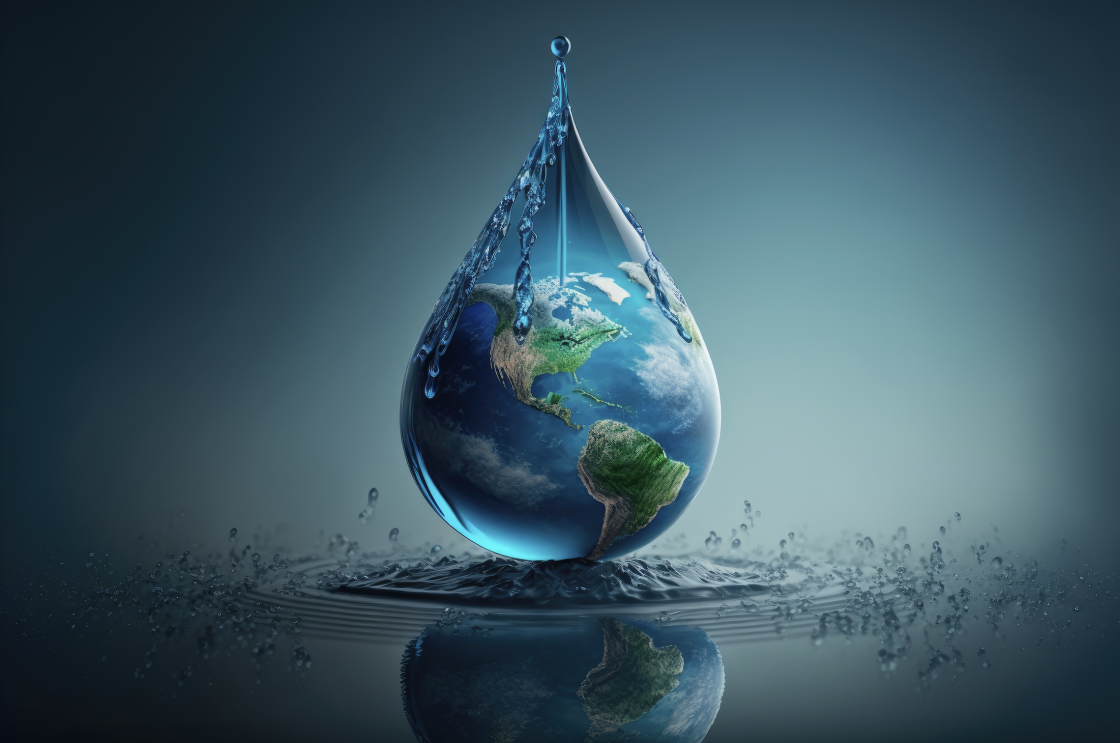Imagine for a moment the Earth, billions of years ago, a celestial body in its infancy. Fast forward to today and, despite countless changes, one constant remains: the amount of H2O present. Water has flowed, evaporated, and condensed for eons, yet its quantity remains unchanged. From the vast oceans to the moisture in the air, the water we see, feel, and drink today is the same water that once quenched the thirst of dinosaurs.
Water’s Mystical Dance
The science of water’s movement called the hydrological cycle, is a continuous loop where water evaporates, forms clouds, precipitates, and flows back into the seas. At no point does the Earth “lose” water in this cycle; it simply changes states. From liquid to gas to solid and back again, water is Earth’s most enduring and adaptable molecule.
Perception vs. Reality: The Fresh Water “Shortage”
While it’s true that the amount of water remains unchanged, not all of it is readily available for human consumption. Only 2.5% of Earth’s water is fresh, and a mere fraction of that is easily accessible. As the human population has grown and urbanized, our usage and misuse of water resources have led to regional scarcities.
However, it’s essential to grasp that these scarcities are more about distribution and management than the actual absence of H2O molecules. In areas where freshwater seems scarce, it’s often present in other forms: vapor in the atmosphere, frozen in glaciers, or deep underground.
From Thin Air: Harvesting the Hidden Reservoir
With modern technology, the dream of extracting water from the air is now a reality. Atmospheric water generators (AWGs) can capture and condense water vapor from the ambient air, providing a source of fresh water even in arid regions. As these technologies improve and become more affordable, they might revolutionize how communities access fresh water, particularly in water-stressed regions.
Rethinking Food Production
Agriculture is one of the most significant consumers of freshwater globally. As we re-imagine water access, it’s imperative to redesign our food production systems. Hydroponics, aeroponics, and other soil-less cultivation methods can drastically reduce water usage. In combination with AWGs, we could see farms in places once deemed too dry for agriculture.
A New Dawn: A Paradigm Shift
As we move forward into an age of rapid technological and environmental change, it’s vital to reframe our understanding of water. The Earth isn’t running out of H2O; it’s up to us to harness it wisely and sustainably.
Remember, water isn’t just in our rivers, lakes, and oceans. It’s in the air we breathe, the plants we cultivate, and the atmosphere that surrounds us. With the right perspective and tools, we can ensure that every community has access to this life-giving resource, today and always.
Including right here in Metro Vancouver and the Sunshine Coast regions.


